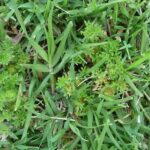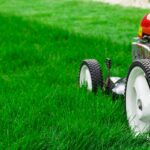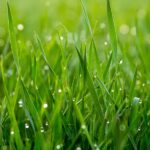Over the years, we can become a bit regimented in our lawn routine. You know – give it the same fertiliser, at the same time, year after year. And yes – some people only feed once a year! We trundle down to the local hardware/garden store and buy that tried-and-true product, get it on the lawn and hope for the best, right?
Glad we aren’t a lawn!
This is a reminder that your lawn is a living, breathing, eating and drinking species. A one-size-fits-all approach does not work. Planned and strategic variation is key.
Professional lawn technicians/turf professionals will vary the food (fertiliser) source over a year, reflecting variables such as wear factors, weather conditions, seasonality, soil and turf types and watering practices.
For example, the peak growing conditions of mid-Summer can present a challenge. Turf professionals will try and slow growth, while providing plenty of nutrition through the use of slow-release nitrogen products. These will provide a 10-12 week sustained feed during hot, dry conditions.
Cool Winter conditions can, in some cases, bring on Winter dormancy, deeming granular fertilisers less than effective. Foliar products (spray and stick to grass leaves for absorption) containing Nitrogen and other minor but important elements such as Iron, Manganese, Calcium and Magnesium become our go-to at this time of year.
During the renovation/repair season, we may turn to proven quick-release NPK sources to achieve rapid recovery and growth. Some people may refer to this type of feeding as a meat and potatoes diet.
In addition, turf professionals conduct soil analysis testing, generating comprehensive laboratory reports which provide essential information about soil pH, the pH level of irrigation water, Sodium levels (sodic soil conditions need expert care and advice), and availability of elements such as Calcium, Magnesium, Potassium, Sulphur, Zinc, Copper and Iron, to name a few.
In short, the turf professional designs a year-round strategy to ensure your grass is getting its required nutrition and enjoying the benefits of its periodic feeds. And living life for most of the year with a full tummy, to help assist with all the challenges it faces!






